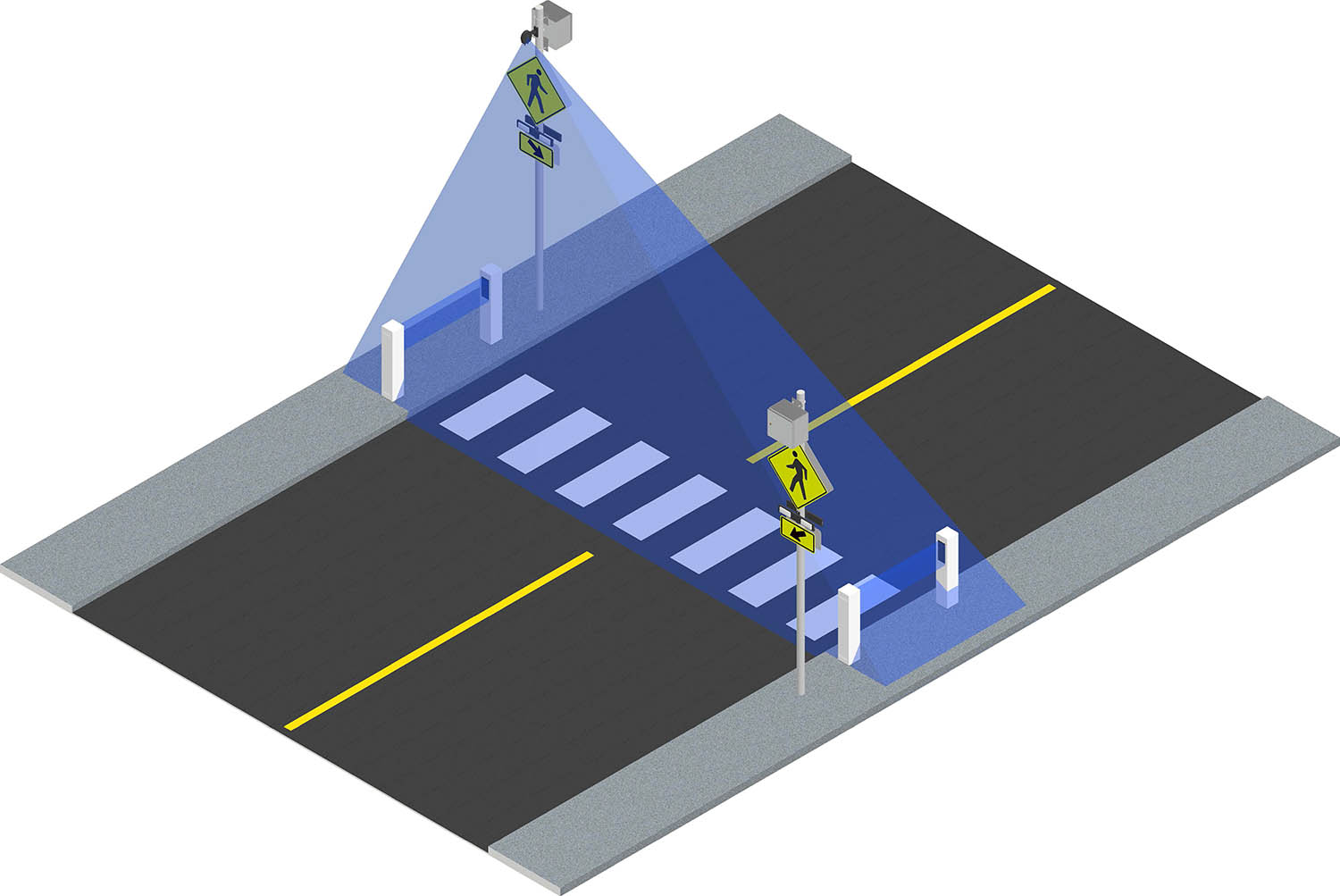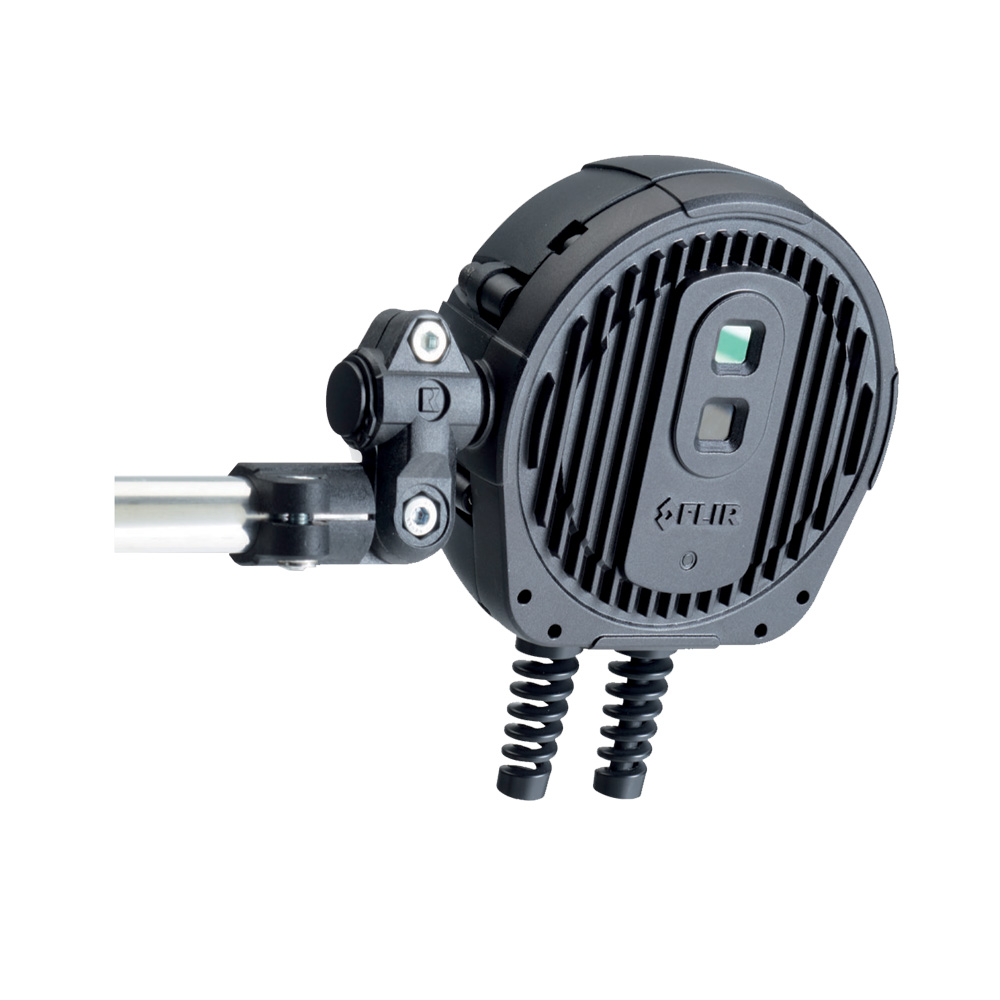What sort of effect do automated warning systems have on crosswalk safety?
Since compliance rates with manual activation systems can be disappointingly low, a solution is needed that doesn’t require any effort from the pedestrian. Automated systems come in various forms, such as infrared detection, photobollards or microwave motion sensors.
There have been a few studies undertaken in the past two decades to understand the effectiveness of these systems. In 2001, the US Federal Highway Administration released a study which found that automated pedestrian detectors can provide significant operational and safety benefits when installed in conjunction with conventional pedestrian pushbuttons at actuated traffic signals.
Another study in 2009 by the US FHWA found a significant decrease in the number of pedestrians that are still on the roadway when the walk signal has turned while using an automated system.
In a more recent 2020 study by the Minnesota Department of Transportation, automated activation systems installed at the site of a rectangular rapid flashing beacon saw an increase in activation rates from 72% to 90%. By successfully activating crosswalk warning systems, automated warning systems ensure that pedestrians will see the full potential benefits of these devices. Different automation options allow for specific site situations to further increase activation accuracy.


